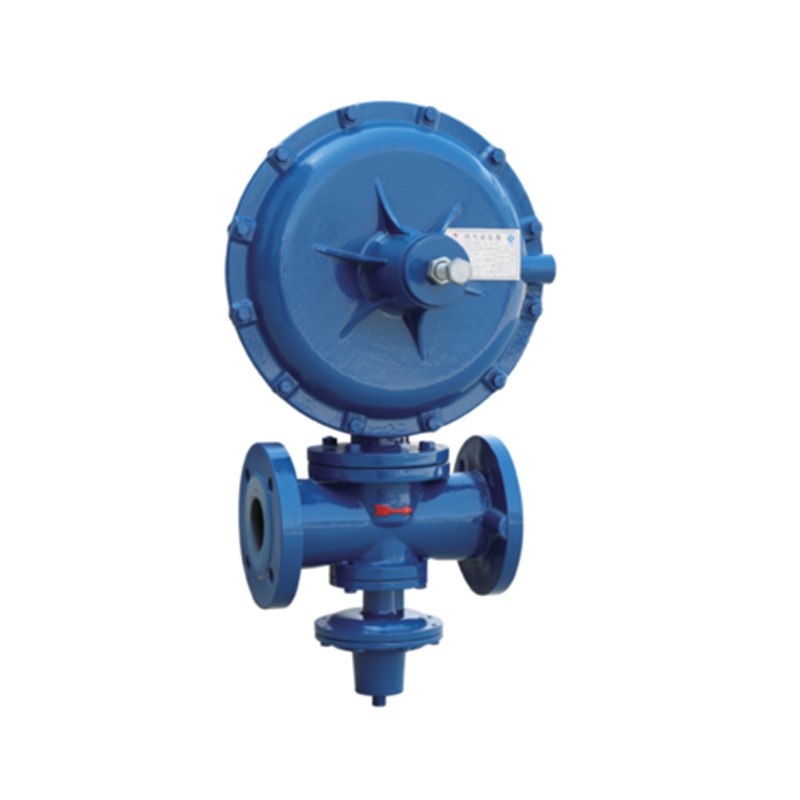
7 月 . 28, 2024 23:47
Back to list
Understanding the Design and Safety Considerations for Gas Pressure Vessels in Industrial Applications
Understanding Gas Pressure Vessels Principles and Applications
Gas pressure vessels are specialized containers designed to hold gases at a pressure significantly higher than atmospheric pressure. The ability to safely store and manage gases under pressure is crucial in various industries, including energy, pharmaceuticals, and aerospace. This article explores the principles behind gas pressure vessels, their construction, applications, and safety considerations.
Principles of Gas Pressure Vessels
A gas pressure vessel operates on fundamental physical principles. When gas is contained within a vessel, it exhibits pressure due to its molecular motion. This pressure increases with temperature and decreases with increasing volume, as described by the ideal gas law (PV = nRT). Therefore, the design of these vessels must consider both the pressure exerted by the gas and the temperature under which the gas is stored.
Construction and Materials
The construction of gas pressure vessels is critical for safety and durability. They are typically made from high-strength materials such as carbon steel, stainless steel, or other alloys that can withstand high pressures and resist corrosion. The vessel must be engineered to endure the maximum expected pressure without deforming or rupturing.
To ensure structural integrity, gas pressure vessels are often subjected to rigorous testing standards, such as the ASME (American Society of Mechanical Engineers) Boiler and Pressure Vessel Code
. These standards outline the requirements for design, fabrication, inspection, and testing, ensuring that the vessels can handle operational pressures safely.Applications of Gas Pressure Vessels
gas pressure vessel

Gas pressure vessels are utilized in various applications across multiple industries. In the energy sector, they store gases such as natural gas or compressed air, playing a critical role in energy production and distribution. In the chemical industry, these vessels are essential for processes involving gases under pressure, including the production of plastics and pharmaceuticals.
Moreover, gas pressure vessels are also vital in the aerospace sector, where they are used to store gases required for rocket propulsion. In these high-stakes environments, the vessels must perform flawlessly to ensure safety and mission success.
Safety Considerations
Safety is paramount in the design and operation of gas pressure vessels. A failure of a pressure vessel can have catastrophic consequences, potentially leading to explosions, environmental contamination, or injury. As such, rigorous maintenance protocols and safety checks are essential.
Operators are trained to monitor the pressure and temperature inside the vessel, checking for any signs of wear or damage. Regular inspections, including non-destructive testing (NDT), help identify potential weaknesses before they lead to failure. Additionally, safety relief valves are installed to prevent overpressure situations by allowing gas to escape safely when the internal pressure exceeds design limits.
Conclusion
Gas pressure vessels play a crucial role in modern industrial processes, providing a safe means of storing and managing gases under high pressure. Their construction adheres to stringent safety standards, while their applications span numerous sectors, from energy to aerospace. Continuous advancements in material science and engineering practices ensure that these vessels remain safe, efficient, and reliable. As our reliance on gases in various technologies grows, the importance of understanding and improving gas pressure vessel design and safety will only increase.
Latest news
-
Unlocking The Quality Gas Pressure ReducersNewsNov.01,2024
-
The Role of Gas Pressure Reducing StationsNewsNov.01,2024
-
The Importance and Functionality of Safety Relief ValvesNewsNov.01,2024
-
The Essential Role of Safety Valves in Natural Gas ApplicationsNewsNov.01,2024
-
The Essential Role of Gas Pressure RegulatorsNewsNov.01,2024
-
Enhance Your Premium Gas FiltersNewsNov.01,2024

